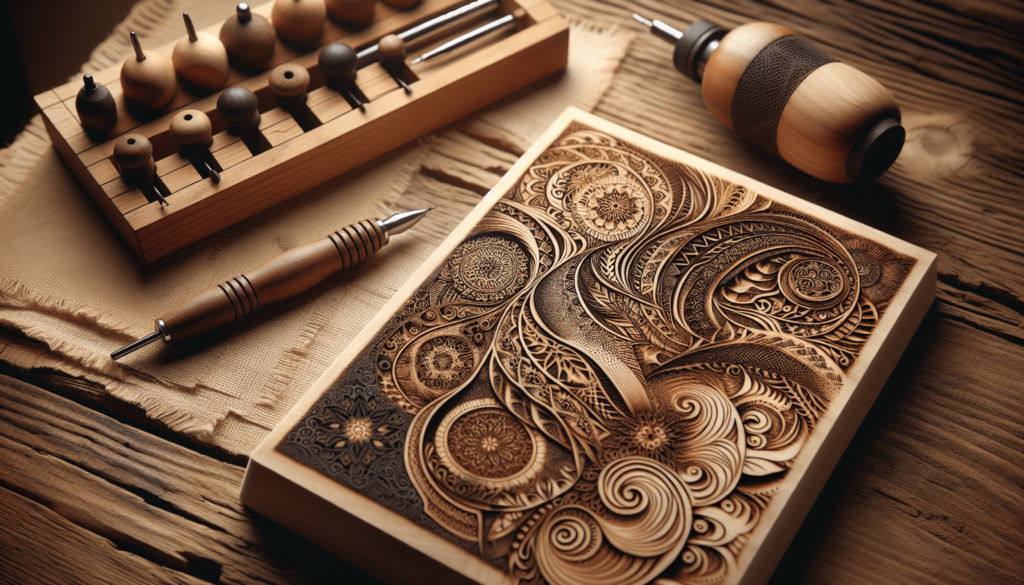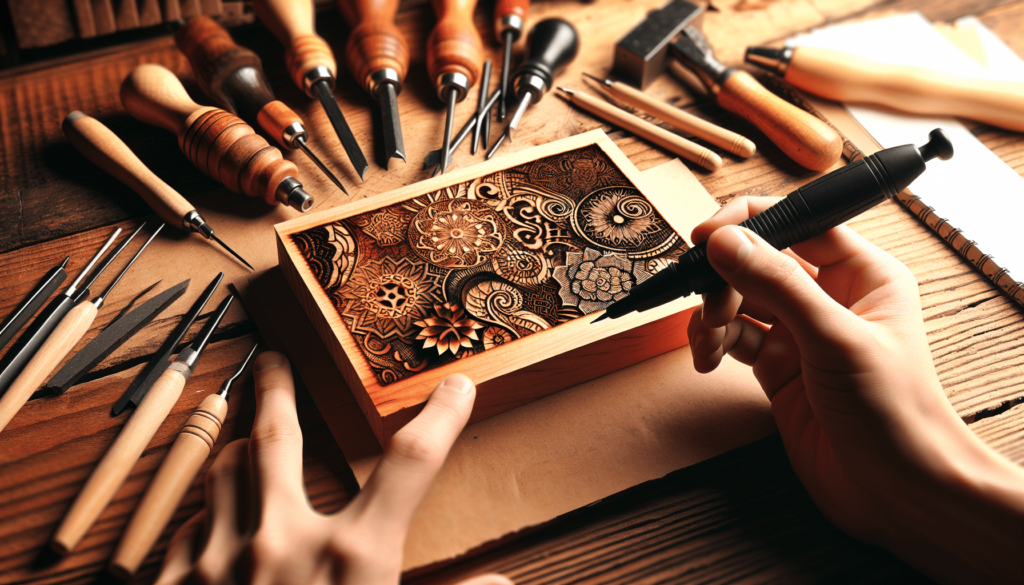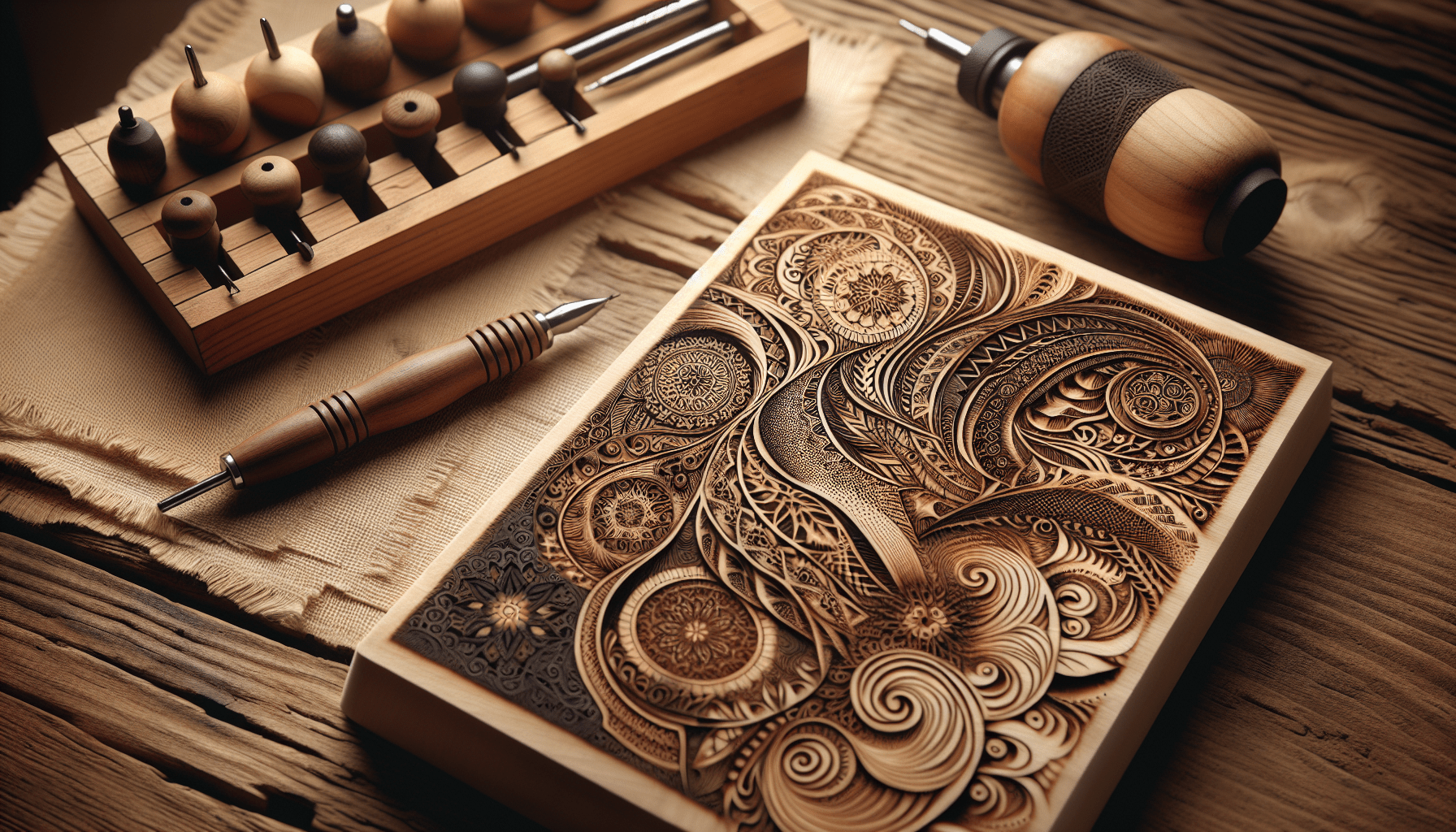Is Pyrography Considered an Art of Burning the Material: True or False?
Have you ever found yourself wondering about the obscure art form known as pyrography? I know, sounds like something from an alchemist’s manual, right? Pyrography, for those not in the know, is an intriguing craft that involves burning designs onto a material, usually wood, with a heated tool. It might conjure images of seared tables and smoky rooms, but it’s far more refined than that.
What Exactly is Pyrography?
From the Roots to the Shoots
The term “pyrography” is derived from the Greek words “pur” (fire) and “graphos” (writing). So, yes, it does literally mean “writing with fire.” If you’ve ever tried your hand at wood-burning kits at a summer camp, you’ve had a taste of this ancient art.
Historically, this technique is anything but new. Ancient Egyptians and other early cultures used hot pokers heated in fires to mark intricate designs onto wood, serving both artistic and practical functions. From decorating chests to creating sacred items, pyrography has a rich history that spans continents and centuries. So, next time someone looks quizzically at your pyrography piece, feel free to drop a bit of history on them.
Modern Tools and Techniques
Today’s pyrography isn’t bound by the archaic tools of yesteryear. Modern pyrographers use electric pens with temperature controls, enabling them to create intricate designs with varying shades and textures. The pens come with interchangeable tips, which allow artists to produce a variety of effects from fine lines to broad strokes.
Switching from a chisel to a shading tip just got a lot easier. Plus, it’s a greener option since you don’t have to keep a fire burning in your living room – unless that’s your idea of getting into the spirit of things.
Is Pyrography Really an Art Form?
Definition of Art
Before we pin down whether pyrography is genuine “art,” let’s talk about what qualifies something as art. Art generally involves creativity, skill, and an intention to evoke emotions, ideas, or simply beauty. It can come in various forms like painting, sculpture, literature, and even dance.
Case for Pyrography
Now, considering the above definition, does pyrography fit in? When you see a beautifully detailed pyrography piece, created by an artist who has skillfully manipulated the burning tool to craft intricate designs, it’s hard to argue that it doesn’t qualify as art. The control of the burner’s heat, the selection of the right wood, the careful planning of the design – these all require a considerable amount of skill and creativity.
Artistic Expression or Craft?
You might wonder if pyrography is more craft than art. Craft usually involves skill in creating objects by hand, often with some functional use. Art, however, involves the expression of creativity or imagination. Pyrography straddles this line quite elegantly. It can be used to create decorative items that are also functional, like decorated furniture, but it can also be a pure form of artistic expression, existing solely for the beauty it brings.

Tools of the Trade
If you are itching to get started, let’s talk about what you’ll need.
Basic Pyrography Tools
At its most basic, you’ll need:
- A pyrography pen or wood-burning tool
- A selection of tips for different effects
- Sandpaper to smooth your surface
- A piece of wood or other burnable material
The Pen
The pen is your essential tool, akin to a brush for a painter or a chisel for a sculptor. Entry-level models are affordable and quite sufficient for beginners. As you advance, you may want to invest in pens with variable temperature controls and a broader range of tips.
The Surface
Though wood is the most common medium, pyrography can also be performed on leather, gourds, and even paper. Each of these surfaces will react differently to the burn, offering diverse textures and tones.
Extra Accessories
Things like a good work surface, proper ventilation, and some safety equipment (like a mask) are highly advisable. You don’t want to end up inhaling burnt wood. Trust me, it’s not as aromatic as you might think.
Techniques and Styles
Shading and Texturing
Just as a painter would shade a face, a pyrographer uses different tips and temperatures to add shades and textures. The angle at which you hold the pen, the pressure you apply, and even the speed at which you move can all drastically alter the outcome. It’s less about brute force and more about finesse. Think of it as the love child of painting and sculpting, with a dash of fire.
Pointillism in Pyrography
Pointillism, creating an image using tiny dots, isn’t just for painters. Pyrographers can also adopt this technique to add depth and texture to their work. It’s a slow and methodical process, but incredibly rewarding when you see the final product.

The Impact of Different Woods
Different types of wood will yield different results in pyrography. Some woods burn darker, while others have a lighter finish. Knowing how various woods react can help you select the best material for your project.
| Type of Wood | Characteristics | Recommended Use |
|---|---|---|
| Basswood | Soft, burns easily, even tone | Ideal for beginners and detailed work |
| Birch | Harder, light finish | Good for detailed, more durable pieces |
| Pine | Soft but has uneven grain | Not ideal for intricate designs |
| Walnut | Dark, rich finish | Excellent for pieces needing strong contrast |
Health and Safety
Smoke Inhalation
Though it sounds Tom-Sawyer-esque and charming, continually inhaling burnt wood isn’t great for your health. Make sure your workspace is well-ventilated. Consider using a mask if you’re doing this for extended periods.
Burns and Injuries
Remember, you’re working with a hot tool. That pen can reach temperatures upwards of 750 degrees Fahrenheit. Be cautious and always have a first-aid kit handy. No one wants a trip to the ER because art got a little too real.
Artistic Process
Planning Your Design
Start with a rough sketch. Map out your design in pencil on the wood before you bring in the burner. It’s easier to erase pencil lines than to correct a burn mark, after all.
Execution
Slow and steady is the name of the game. Apply consistent pressure and keep your hand steady. Don’t rush – the art is in the patience and precision.
Finishing Touches
Once your design is complete, you might consider adding a finish to your piece. A wood finish can protect your artwork from the elements and give it a polished look. There are several types to choose from: oils, stains, and lacquers, each with its own set of pros and cons.
Exploring Pyrography Communities
Online Forums and Social Media
Communities like Reddit, Facebook groups, and Instagram hashtags can be gold mines for inspiration and tips. Sharing your work and getting feedback can be incredibly motivating.
Local Workshops and Classes
Many towns offer workshops where you can meet fellow enthusiasts and learn from more experienced pyrographers. These can be fantastic for hands-on learning and immediate feedback.
Conclusion
So, is pyrography considered an art of burning the material, true or false? I think it’s a resounding true. Though it may involve the more primal element of fire, the artistry, creativity, and skill involved elevate it firmly into the realm of art. Whether you’re a seasoned artist or a curious beginner, pyrography offers a unique way to express creativity while connecting with an ancient craft.
But don’t just take my word for it – grab a burner and a piece of wood, and let the flames of creativity engulf you. Who knows? You might just find your new favorite hobby.

